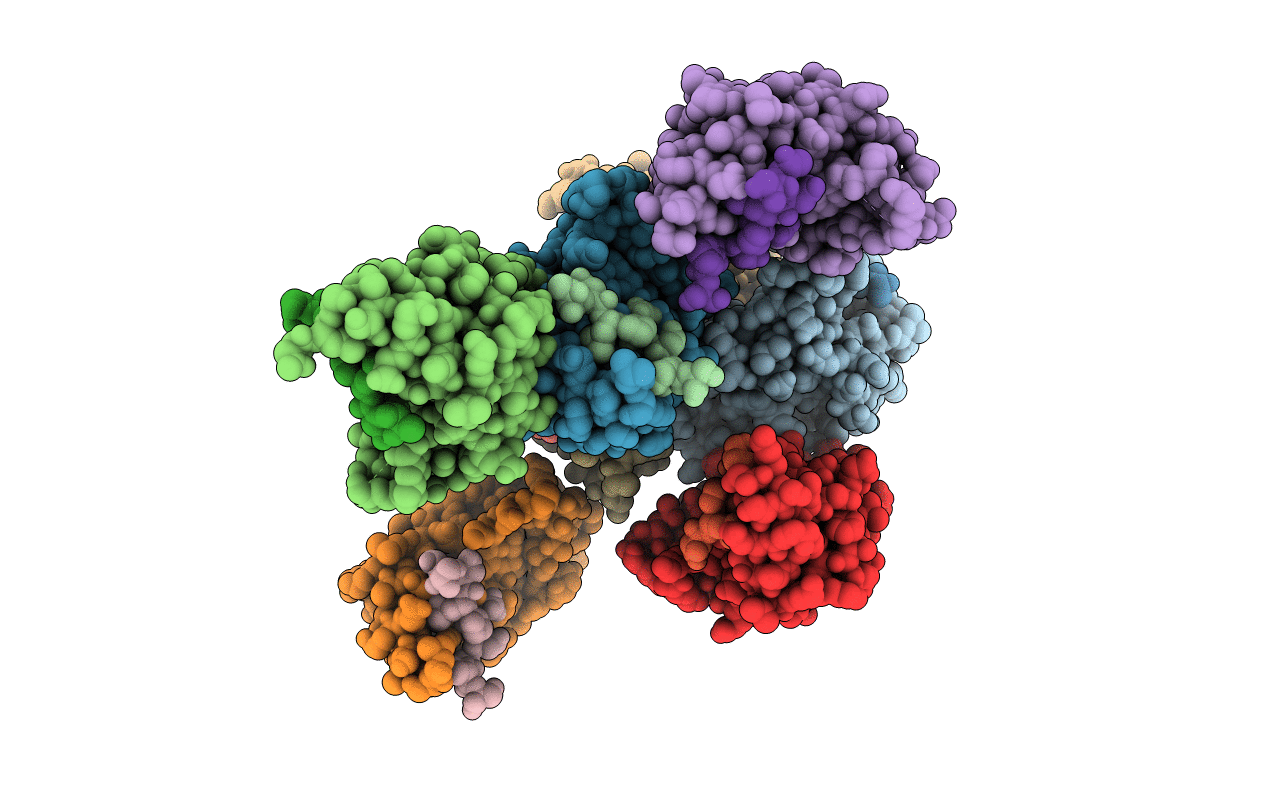
Deposition Date
2019-02-22
Release Date
2019-09-18
Last Version Date
2024-10-23
Entry Detail
PDB ID:
6QSZ
Keywords:
Title:
Crystal structure of the Sir4 H-BRCT domain in complex with Esc1 pS1450 peptide
Biological Source:
Source Organism:
Host Organism:
Method Details:
Experimental Method:
Resolution:
2.50 Å
R-Value Free:
0.23
R-Value Work:
0.18
R-Value Observed:
0.19
Space Group:
P 1


